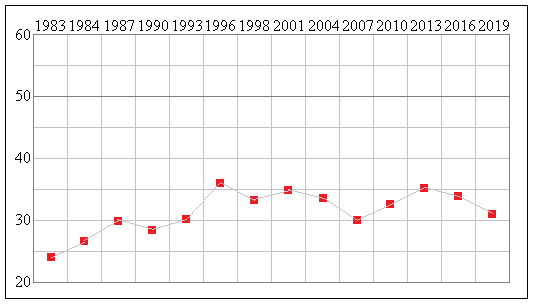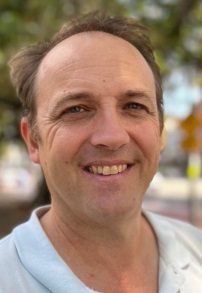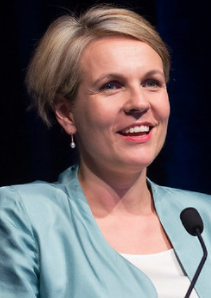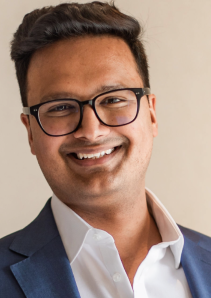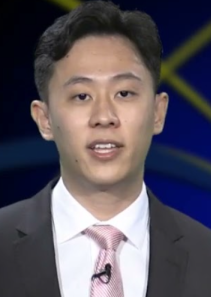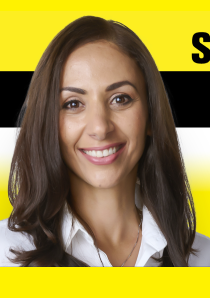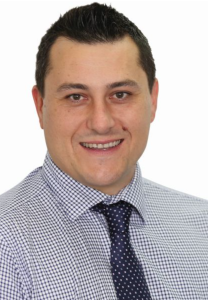|
Sydney was created in 1969, when the old Labor strongholds of
Dalley,
East Sydney** and
West Sydney were amalgamated due to
their rapidly falling populations. The seat takes in Sydney's inner suburban area, which 50 years ago was hard-core working
class, in places verging on slums, but today is one of Australia's wealthiest areas, colonised by high-income prefessionals,
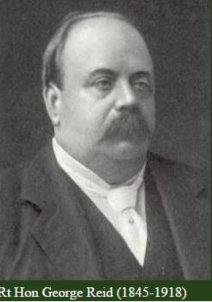 most of them single or at least childless.
most of them single or at least childless.
Sydney has the lowest proportion of families with dependent children of any seat in Australia, and the fourth-lowest
proportion
of dwellings being purchased. It also has the second-highest proportion of flat-dwellers. This partly reflects the large
gay and lesbian
community in Darlinghurst and Surry Hills, but there are
many heterosexual singles here as well. The seat does still have pockets of poverty, particularly in Redfern, and some
working-class areas in the south.
Not surprisingly, Sydney has always been one of the safest Labor seats in Australia. Its first member was
Jim Cope, Speaker during the Whitlam government. Later members included Keating
government Cabinet minister
Peter Baldwin. But much of Labor's support
now comes as second preferences from the Greens, who polled 18.1% here in 2019. The Greens would have some chance of winning
this seat if the Labor vote fell to 40%, but so far they have not succeeded even in coming second, let alone winning.
Sydney is the wealthiest seat held by Labor, but that does not seem to be weakening Labor's grip. Tanya Plibersek's high
profile and status as a leader of the Labor left will help keep this seat safe from the Greens.
Tanya Plibersek, Labor MP for Sydney since 1998, the daughter of Slovenian immigrants, worked for the Domestic Violence
Unit of the NSW Ministry for the Status of Women before her election. She was on the opposition frontbench from 2004.
She was successively Minister for Housing, for Human Services and for Health in the Rudd-Gillard Government.
After the 2013 election Plibersek was elected Labor Deputy Leader, making her the senior figure in the party's
left-wing. She relinquished this position after the 2019 election, when
Anthony Albanese was elected leader, since the Left
could not hold both positions. She declined to contest the leadership, citing family reasons. But she remains a potential
leadership candidate. She is now Shadow Minister for Education and Shadow Minister for Women. The Liberal candidate is
Alexander Andruska, whose occupation is not stated. The Greens candidate is Chetan Sahai, a
postgraduate student.
* When Townshend was elevated to the peerage in 1783 he took the title Viscount Sydney of Chislehurst. He was related to
the Sydney family who had been prominent since Elizabethan times. The name Sydney or Sidney is said to derive from an Anglo-Saxon
placename, although there is no such locality in Britain today. Alternatively it may derive from the French placename St Denis.
St Denis is the patron saint of France, and there are several places in Normandy called St Denis from which the Sydney family may
originally have come.
** East Sydney was the seat of Prime Minister
Sir George Reid.
Demographics:
Median weekly household income: $1,933 (Australia $1,438)
People over 65: 7.7% (Australia 15.8%)
Australian born: 39.2% (Australia 66.7%)
Ancestry: Chinese 13.9%
Non-English-speaking households: 37.1% (Australia 22.2%)
Catholics 15.1% (Australia 22.6%)
Buddhism: 7.2%
No religion 43.7% (Australia 29.6%)
University graduates: 43.8% (Australia 22.0%)
Professional and managerial employment: 54.2% (Australia 35.2%)
Employed in manufacturing and construction: 8.4% (Australia 22.9%)
Paying a mortgage: 20.1% (Australia 34.5%)
Renting: 62.2% (Australia 30.9%)
Traditional families: 11.3% (Australia 32.8%)

Gallery of Members for Sydney
Boundaries following most recent redistribution:

See full-size map of this Division
** East Sydney was the seat of Prime Minister Sir George Reid.
Demographics:
Median weekly household income: $1,933 (Australia $1,438)
People over 65: 7.7% (Australia 15.8%)
Australian born: 39.2% (Australia 66.7%)
Ancestry: Chinese 13.9%
Non-English-speaking households: 37.1% (Australia 22.2%)
Catholics 15.1% (Australia 22.6%)
Buddhism: 7.2%
No religion 43.7% (Australia 29.6%)
University graduates: 43.8% (Australia 22.0%)
Professional and managerial employment: 54.2% (Australia 35.2%)
Employed in manufacturing and construction: 8.4% (Australia 22.9%)
Paying a mortgage: 20.1% (Australia 34.5%)
Renting: 62.2% (Australia 30.9%)
Traditional families: 11.3% (Australia 32.8%)

Gallery of Members for Sydney
Boundaries following most recent redistribution:

See full-size map of this Division
People over 65: 7.7% (Australia 15.8%)
Australian born: 39.2% (Australia 66.7%)
Ancestry: Chinese 13.9%
Non-English-speaking households: 37.1% (Australia 22.2%)
Catholics 15.1% (Australia 22.6%)
Buddhism: 7.2%
No religion 43.7% (Australia 29.6%)
University graduates: 43.8% (Australia 22.0%)
Professional and managerial employment: 54.2% (Australia 35.2%)
Employed in manufacturing and construction: 8.4% (Australia 22.9%)
Paying a mortgage: 20.1% (Australia 34.5%)
Renting: 62.2% (Australia 30.9%)
Traditional families: 11.3% (Australia 32.8%)
